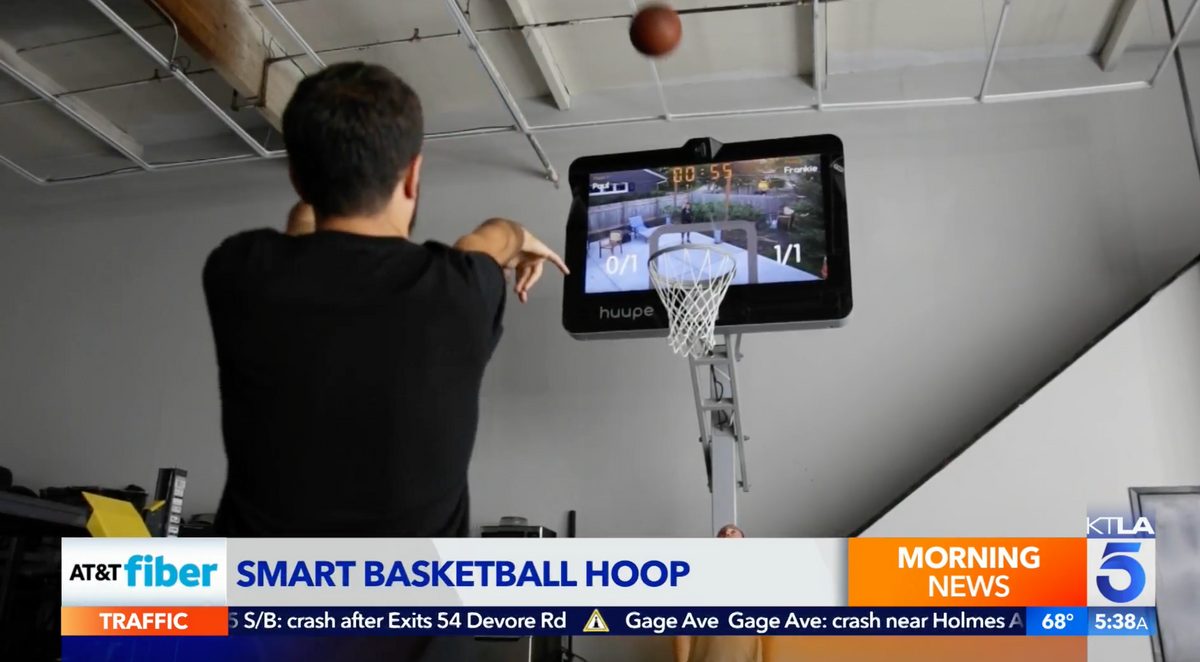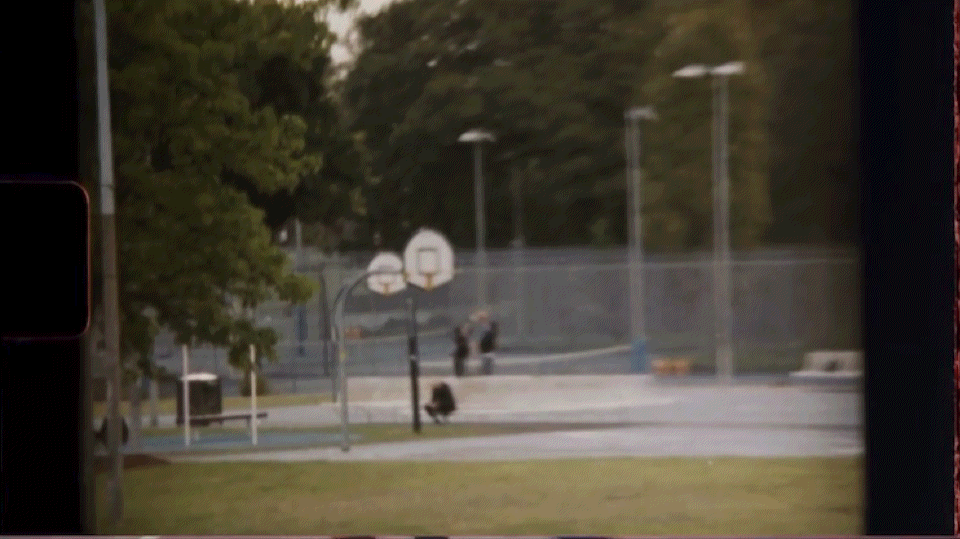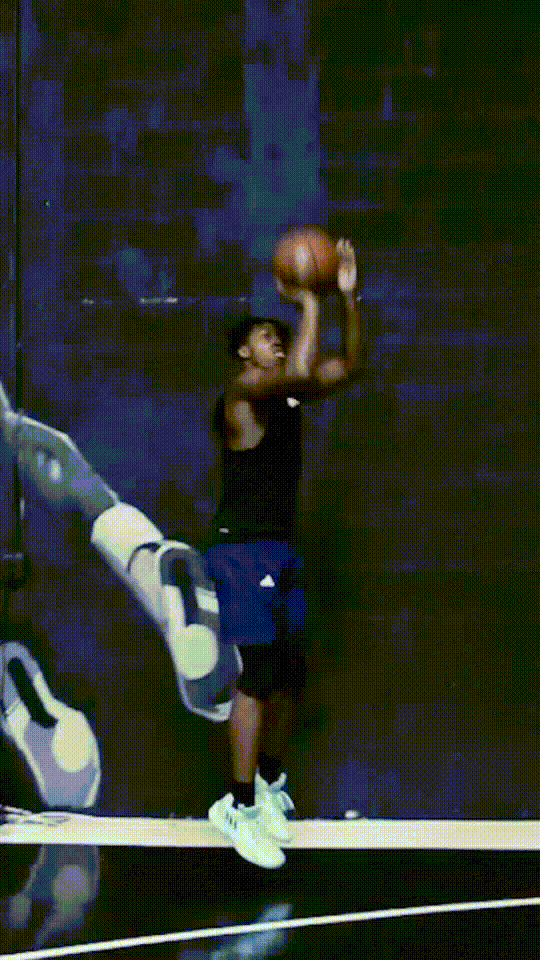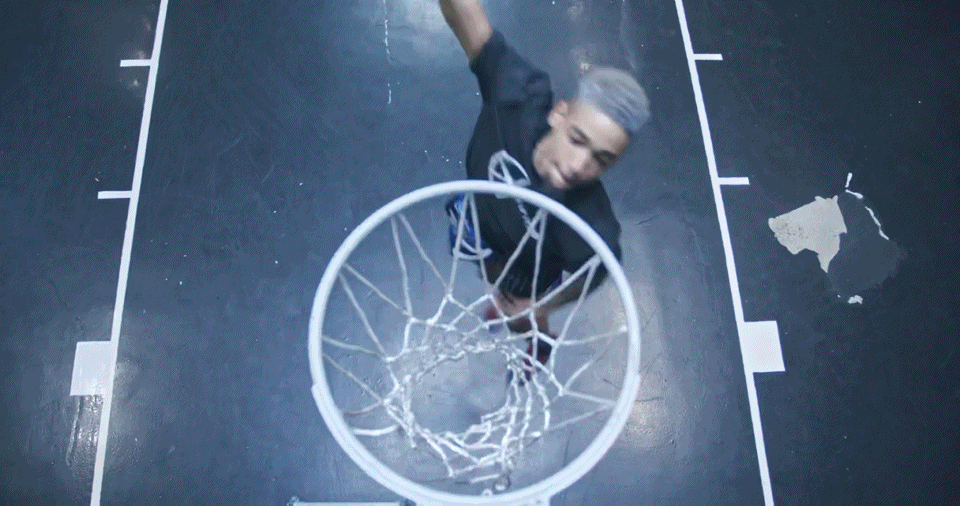Basketball is a dynamic and fast-paced sport that has captivated the hearts of millions around the world. Amidst the cacophony of dribbling, the squeaking of sneakers on the court, and the swish of the net. There is one element that remains a constant. That is the rim. In a world where backboards vary in shape, size, and color, the rim stands as an unwavering symbol of continuity.
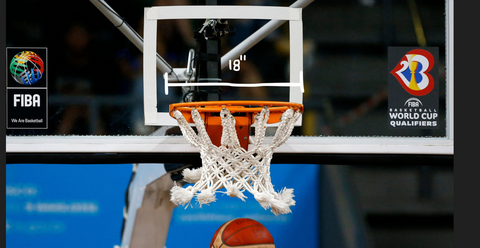
The Ever-Changing Backboards
Picture a basketball court, and your mind is likely going to conjure up an image of a hoop with a backboard. However, take a closer look, and you’ll realize that backboards come in a multitude of forms. Thes squares that support the rim can differ not only in size but in color as well. Some backboards boast the traditional orange hue, while others embrace a clean minimalistic white. Furthermore, the shapes of backboards vary- some have rounded tops and there are countless other design possibilities.

In this mosaic of diversity, the backboard serves as a canvas for creativity and individuality. It becomes a distinctive feature of each basketball court, reflecting the personality of the space it inhabits. The variety in backboard design adds a layer of uniqueness to the game that makes every court a canvas where the sport can be expressed throughout numerous visual forms.
Nets: A Tapestry of Differences
Just as backboards differ, basketball nets contribute to the sport’s visual tapestry. Nets can be super different from one another, and this diversity extends beyond their appearance. Some nets are made of chains thus creating a distinct sound when a perfectly executed shot sends the ball through. Others might be made of nylon, offering a contrasting texture and acoustic experience.
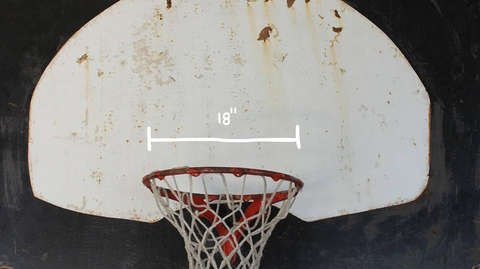
The sound of the net swishing as the ball passes through is iconic in the sport of basketball. It's a moment of auditory satisfaction for players and fans alike. The variation in net styles enhances the sensory experience of the game that makes each shot unique not only in its trajectory but also in the accompanying sound.
The Unchanging Rum: A Historical Anchor
Amidst this symphony of diversity, there is a constant. The constant being the rim. Basketball, as we know it today, was born in 1891 when Dr. James Naismith hung a peach basket on a railing and devised a set of rules for a new game. However, it wasn’t until 1901 that the first metal rim was introduced. Despite the evolution of materials and technologies, one aspect has remained unaltered- the diameter of the rim.
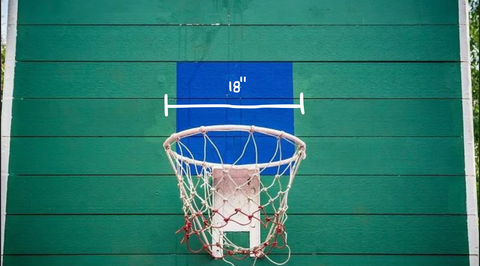
The decision to maintain an 18-inch diameter for the rim is a testament to the sport’s commitment to tradition. It’s a nod to the origins of basketball and a conscious choice to preserve a fundamental aspect of the game. The rim’s historical anchor connects players of today to those who first stepped onto the court over a century ago.
One intriguing tidbit about the rim is its design, which allows two basketballs to fit inside. While this feature may not come into play often during games, it underscores the thoughtful engineering behind the sort. The rim, in its simplicity, holds the potential for dynamic and unexpected moments that provides an additional layer of complexity to the game.
The Shooter’s Focus: Why The Rim Matters Most
For players, particularly shooters, the emphasis is not on the backboard or the net but on the rim. This principle is ingrained in the training of basketball players at all levels. Whether shooting a free throw or attempting a three-pointer, the shooter is taught to fixate on the rim.
This focus on the rim is a fundamental aspect of developing shooting skills. The rim has become a point of reference, a target that demands precision and accuracy. NBA players, who may have grown up playing on courts with chain nets and unconventional backboards share a common experience where the rim always stays the same size. This consistency allows them to transition seamlessly between different playing environments and emphasizing the universal nature of the game.
In the realm of basketball, there are variables abound where the rim serves as a reliable constant. It has become a steady anchor in the midst of change, a point of familiarity that players can rely on. The rim’s unchanging nature encourages players to cultivate a sense of muscle memory and spatial awareness that is quintessential for successful shooting.
The Final Message: Focus on the Rim, Not the Backboard
So, what is the message embedded in the constancy of the rim amidst the diversity of backboards and nets? It’s a message that transcends the boundaries of the basketball court and resonates as a metaphor for life. It is important to focus on the essentials, the timeless principles that endure despite the ever-changing backdrop.
In a world filled with distractions and variables, the rim represents the unyielding core of the game. It invites players to look beyond the ephemeral differences in backboards and nets and concentrate on what truly matters. The message is clear where to focus on the rim, the unchanging target that demands skill and precision.
The principle extends beyond basketball courts. In the game of life, amidst the diverse backdrops and varied circumstances, there are constants that serve as anchors. These constants may take different forms of a set value, principles, or personal goals, By focusing on these enduring elements, individuals can navigate the complexities of life with purpose and clarity.
Furthermore, the basketball rim stands as a symbol of continuity, tradition and unwavering focus. As the game continues to evolve, the 18-inch diameter rim remains the constant, connecting players across generations. It encourages us to embrace the diversity of the game while onto the timeless principles that define success. So, the next time you step onto the basketball court, remember the wisdom in these words to focus on the rim, not the backboard.
The Timeless Symbolism of the Basketball Rim
Basketball is a dynamic and fast-paced sport that has captivated the hearts of millions around the world. Amidst the cacophony of dribbling, the squeaking of sneakers on the court, and the swish of the net. There is one element that remains a constant. That is the rim. In a world where backboards vary in shape, size, and color, the rim stands as an unwavering symbol of continuity.
The Ever-Changing Backboards
Picture a basketball court, and your mind is likely going to conjure up an image of a hoop with a backboard. However, take a closer look, and you’ll realize that backboards come in a multitude of forms. Thes squares that support the rim can differ not only in size but in color as well. Some backboards boast the traditional orange hue, while others embrace a clean minimalistic white. Furthermore, the shapes of backboars vary- some have rounded tops and there are countless other design possibilities.
In this mosaic of diversity, the backboard serves as a canvas for creativity and individuality. It becomes a distinctive feature of each basketball court, reflecting the personality of the space it inhabits. The variety in backboard design adds a layer of uniqueness to the game that makes every court a canvas where the sport can be expressed throughout numerous visual forms.
Nets: A Tapestry of Differences
Just as backboards differ, basketball nets contribute to the sport’s visual tapestry. Nets can be super different from one another, and this diversity extends beyond their appearance. Some nets are made of chains thus creating a distinct sound when a perfectly executed shot sends the ball through. Others might be made of nylon, offering a contrasting texture and acoustic experience.
The sound of the net swishing as the ball passes through is iconic in the sport of basketball. It's a moment of auditory satisfaction for players and fans alike. The variation in net styles enhances the sensory experience of the game that makes each shot unique not only in its trajectory but also in the accompanying sound.
The Unchanging Rum: A Historical Anchor
Amidst this symphony of diversity, there is a constant. The constant being the rim. Basketball, as we know it today, was born in 1891 when Dr. James Naismith hung a peach basket on a railing and devised a set of rules for a new game. However, it wasn’t until 1901 that the first metal rim was introduced. Despite the evolution of materials and technologies, one aspect has remained unaltered- the diameter of the rim.
The decision to maintain an 18-inch diameter for the rim is a testament to the sport’s commitment to tradition. It’s a nod to the origins of basketball and a conscious choice to preserve a fundamental aspect of the game. The rim’s historical anchor connects players of today to those who first stepped onto the court over a century ago.
One intriguing tidbit about the rim is its design, which allows two basketballs to fit inside. While this feature may not come into play often during games, it underscores the thoughtful engineering behind the sort. The rim, in its simplicity, holds the potential for dynamic and unexpected moments that provides an additional layer of complexity to the game.
The Shooter’s Focus: Why The Rim Matters Most
For players, particularly shooters, the emphasis is not on the backboard or the net but on the rim. This principle is ingrained in the training of basketball players at all levels. Whether shooting a free throw or attempting a three-pointer, the shooter is taught to fixate on the rim.
This focus on the rim is a fundamental aspect of developing shooting skills. The rim has become a point of reference, a target that demands precision and accuracy. NBA players, who may have grown up playing on courts with chain nets and unconventional backboards share a common experience where the rim always stays the same size. This consistency allows them to transition seamlessly between different playing environments and emphasizing the universal nature of the game.
In the realm of basketball, there are variables abound where the rim serves as a reliable constant. It has become a steady anchor in the midst of change, a point of familiarity that players can rely on. The rim’s unchanging nature encourages players to cultivate a sense of muscle memory and spatial awareness that is quintessential for successful shooting.
The Final Message: Focus on the Rim, Not the Backboard
So, what is the message embedded in the constancy of the rim amidst the diversity of backboards and nets? It’s a message that transcends the boundaries of the basketball court and resonates as a metaphor for life. It is important to focus on the essentials, the timeless principles that endure despite the ever-changing backdrop.

In a world filled with distractions and variables, the rim represents the unyielding core of the game. It invites players to look beyond the ephemeral differences in backboards and nets and concentrate on what truly matters. The message is clear where to focus on the rim, the unchanging target that demands skill and precision.
The principle extends beyond basketball courts. In the game of life, amidst the diverse backdrops and varied circumstances, there are constants that serve as anchors. These constants may take different forms of a set value, principles, or personal goals, By focusing on these enduring elements, individuals can navigate the complexities of life with purpose and clarity.
Furthermore, the basketball rim stands as a symbol of continuity, tradition and unwavering focus. As the game continues to evolve, the 18-inch diameter rim remains the constant, connecting players across generations. It encourages us to embrace the diversity of the game while onto the timeless principles that define success. So, the next time you step onto the basketball court, remember the wisdom in these words to focus on the rim, not the backboard.































